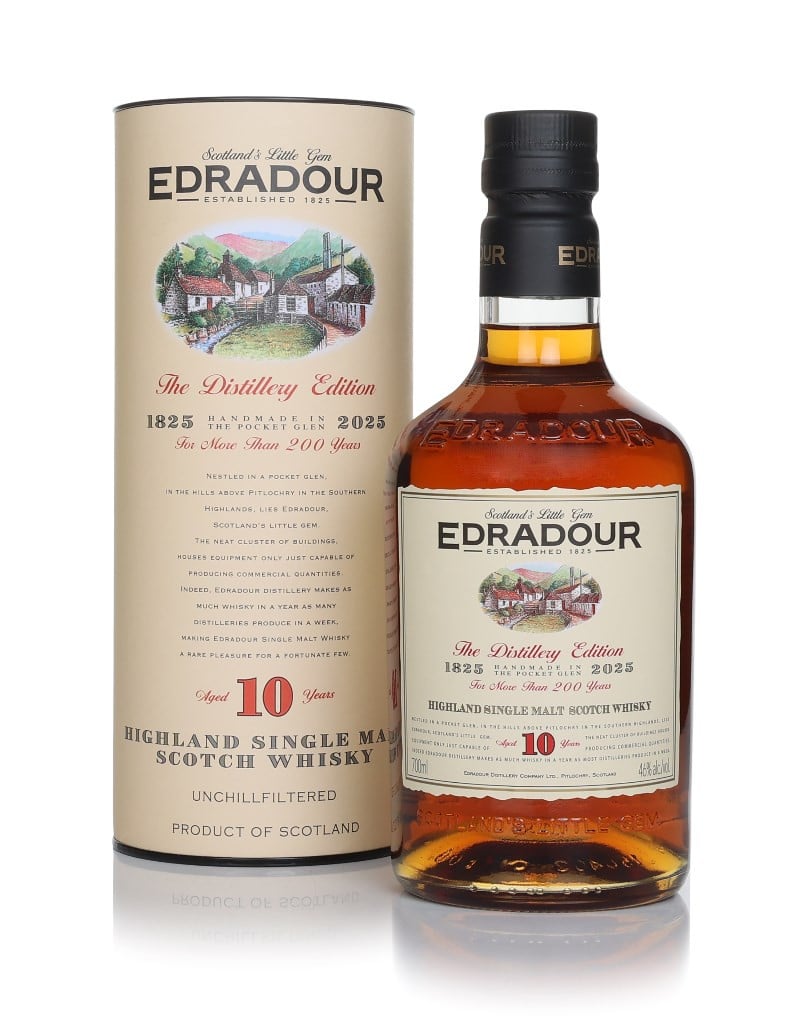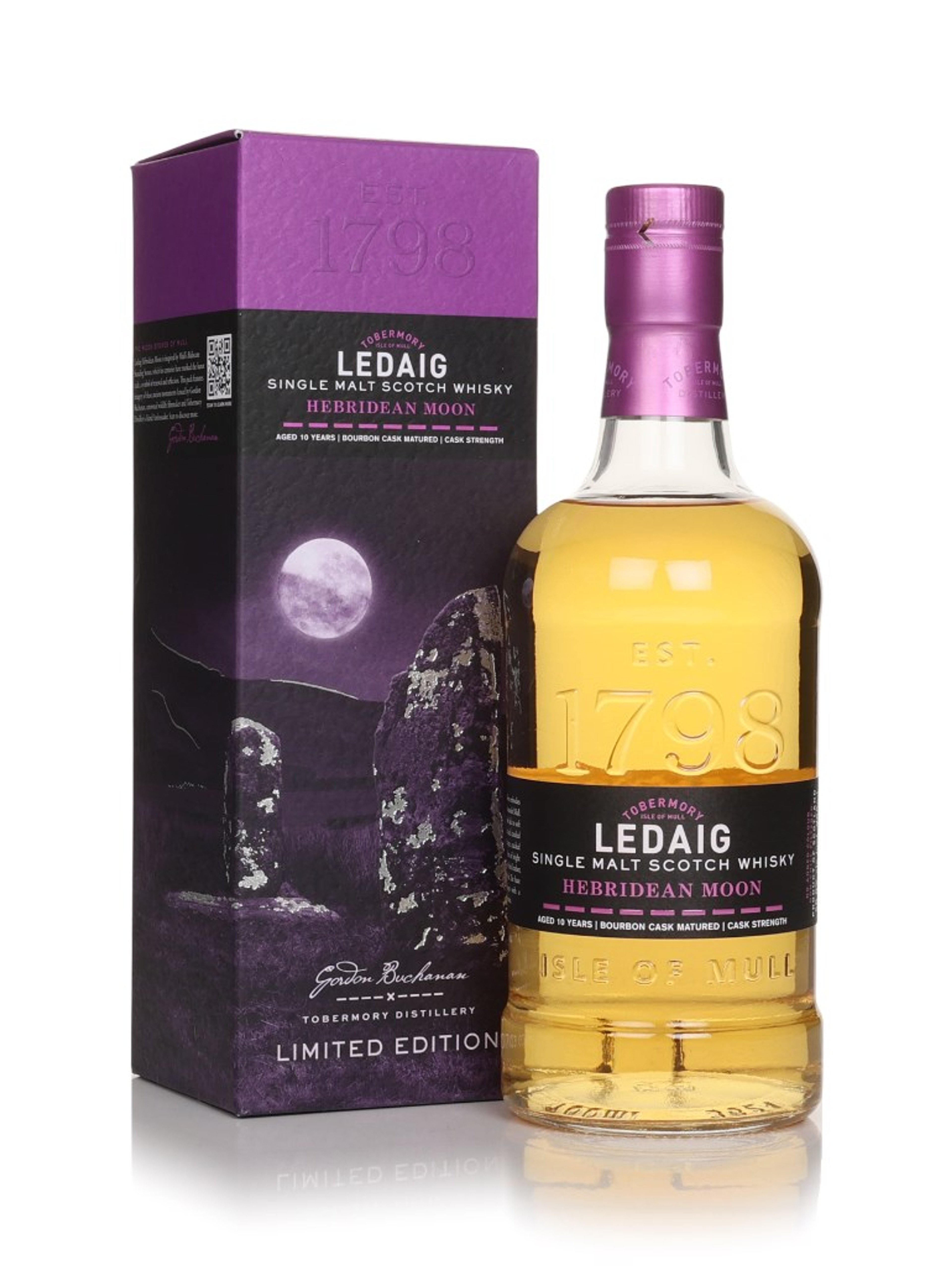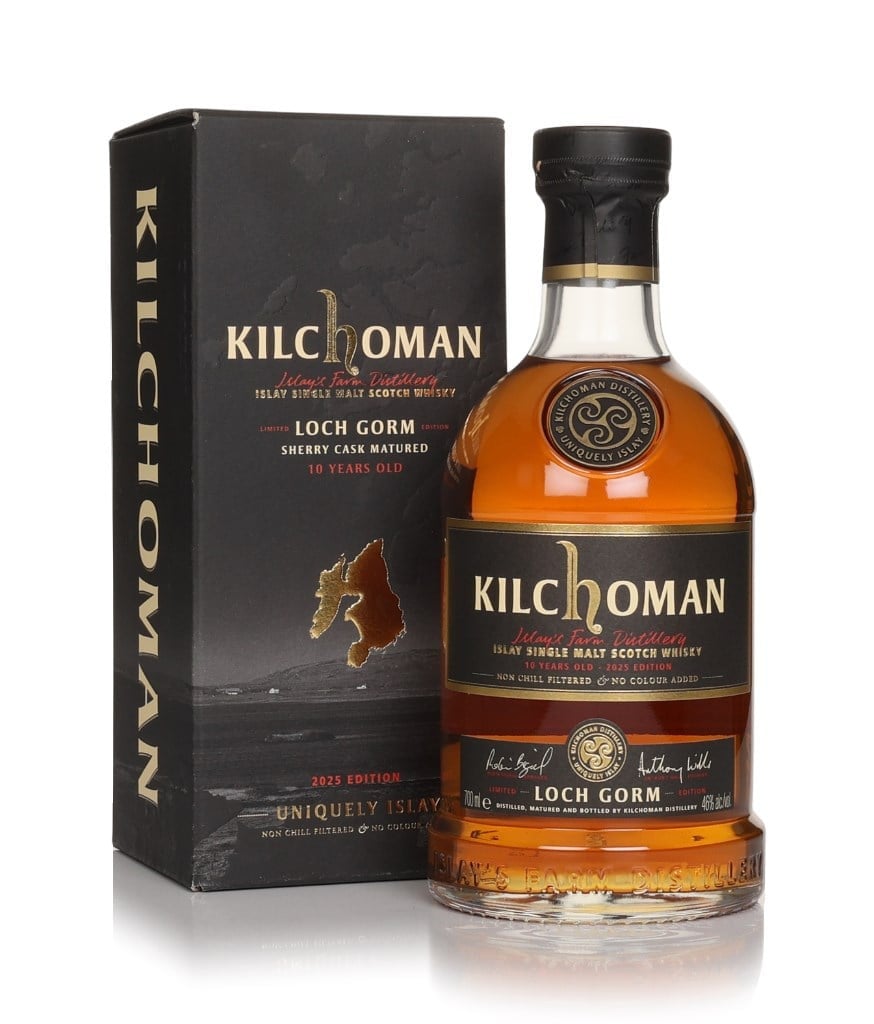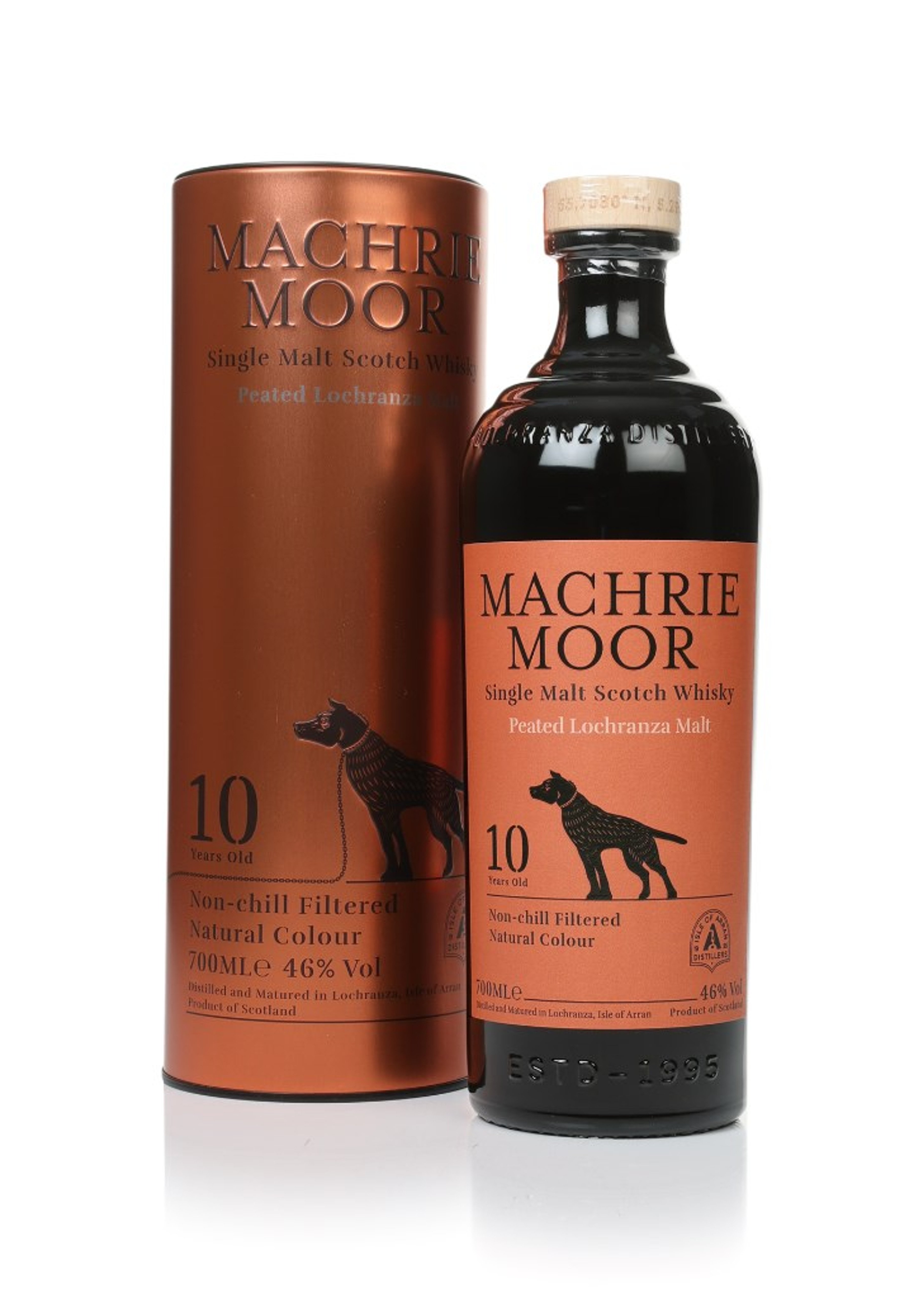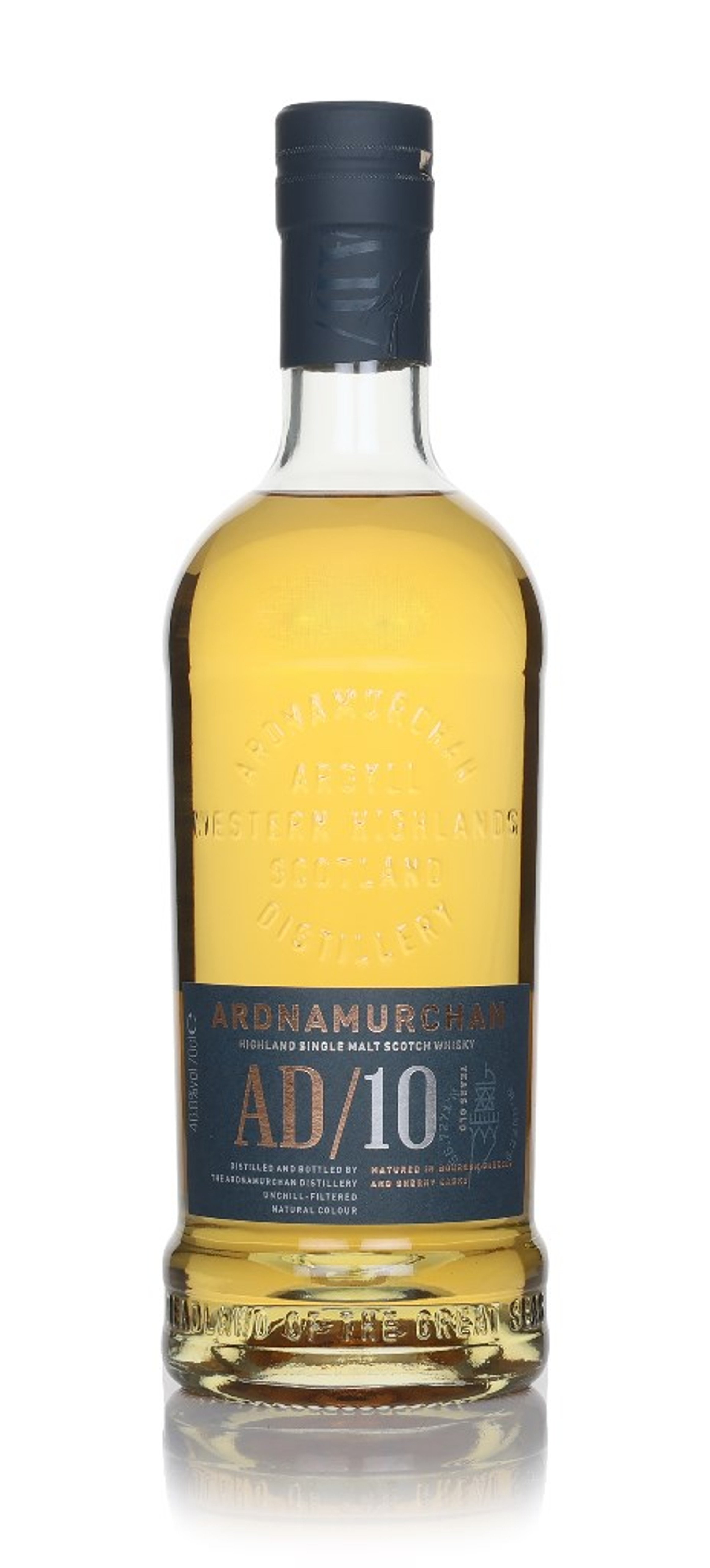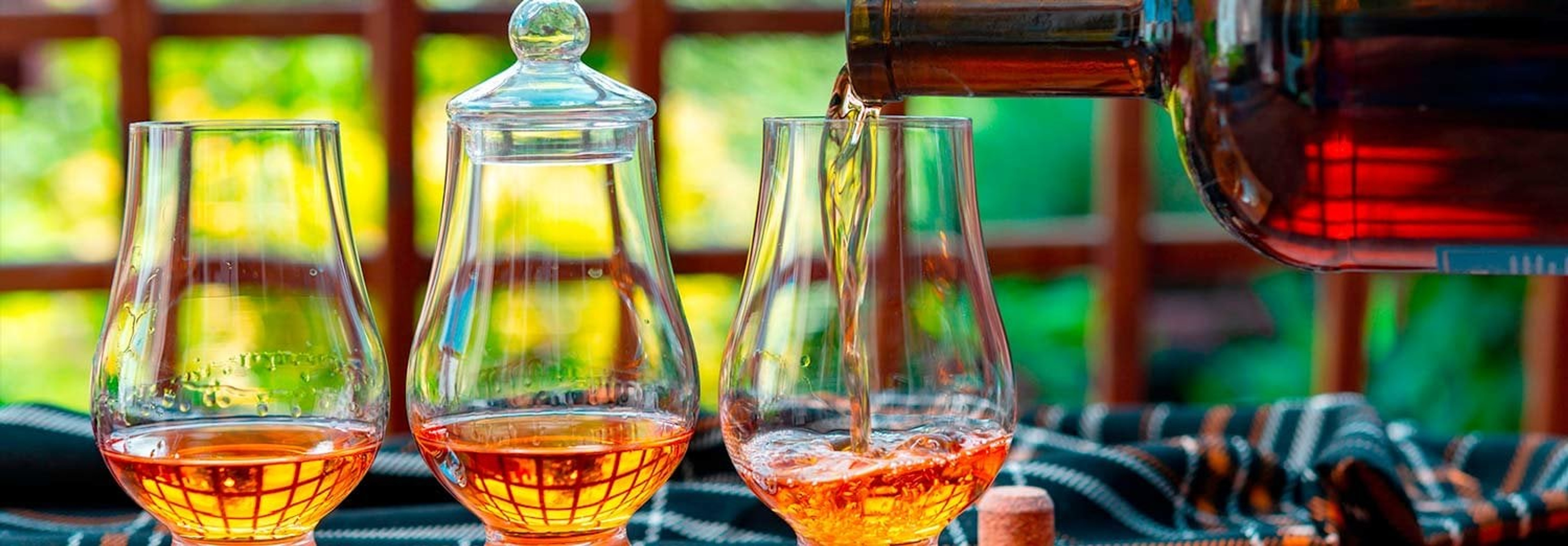
Scotch 10 Year Old Whisky
A 10-year-old whisky reveals the true art of gradual transformation. The lively nature of its youth has matured, unveiling a depth that resonates with the subtle wisdom of the cask. This decade-long maturation serves as a tribute to the craftsmanship involved, capturing the essence of patience and time.
For those new to its world, Scotch whisky might seem like just another spirit, but aficionados recognise that delving into its complexity is akin to navigating a rich tapestry of tastes, scents, and experiences. Each bottle of Scotch is a testament to its heritage, the meticulousness of its production, and the quality it upholds. One of the standout features of Scotch whisky is its array of flavours. From delicate, floral notes to bold, peaty intensity, every bottle is distinct. This variety largely stems from the raw materials, the distillation process, the 10-year maturation period, and the choice of casks. The water and barley, essential to Scotch production, take on characteristics from the Scottish terrain and weather, introducing unique flavours from the outset. Peat, a type of decomposed plant material frequently used in the malting process, plays a significant role in shaping a Scotch’s flavour profile. Whiskies from regions like Islay are particularly noted for their strong, peaty characteristics, reflecting the prevalent use of peat in these areas.
Moreover, the distillation process and the type of stills used play a pivotal role. The size and shape of the still influence how the spirit interacts with the copper, altering its final taste. For instance, taller stills tend to produce a lighter, more delicate spirit, while shorter stills create a richer, fuller-flavoured whisky. Nevertheless, it is during the 10-year maturation process in wooden casks, which may have previously held sherry, bourbon, or other wines, that Scotch whisky develops much of its complexity. The oak interacts with the whisky, lending its colours, flavours, and tannins to the spirit. As the whisky matures, it undergoes numerous chemical reactions, softening and gaining intricate flavours. However, striking the right balance is crucial; too much time in the cask and the whisky may take on an overly woody or tannic quality.
To truly appreciate Scotch, one must also be familiar with its classifications, including Single Malt, Single Grain, Blended Malt, Blended Grain, and Blended Whisky. Each category provides a unique perspective on the art of whisky production, showcasing a diverse array of tastes and textures. Scotch whisky, with its subtleties and complexities, is a liquid anthology of flavours waiting to be unravelled. It invites enthusiasts not just to taste but to delve into, uncover, and celebrate the rich sensory experience it offers.
For those new to its world, Scotch whisky might seem like just another spirit, but aficionados recognise that delving into its complexity is akin to navigating a rich tapestry of tastes, scents, and experiences. Each bottle of Scotch is a testament to its heritage, the meticulousness of its production, and the quality it upholds. One of the standout features of Scotch whisky is its array of flavours. From delicate, floral notes to bold, peaty intensity, every bottle is distinct. This variety largely stems from the raw materials, the distillation process, the 10-year maturation period, and the choice of casks. The water and barley, essential to Scotch production, take on characteristics from the Scottish terrain and weather, introducing unique flavours from the outset. Peat, a type of decomposed plant material frequently used in the malting process, plays a significant role in shaping a Scotch’s flavour profile. Whiskies from regions like Islay are particularly noted for their strong, peaty characteristics, reflecting the prevalent use of peat in these areas.
Moreover, the distillation process and the type of stills used play a pivotal role. The size and shape of the still influence how the spirit interacts with the copper, altering its final taste. For instance, taller stills tend to produce a lighter, more delicate spirit, while shorter stills create a richer, fuller-flavoured whisky. Nevertheless, it is during the 10-year maturation process in wooden casks, which may have previously held sherry, bourbon, or other wines, that Scotch whisky develops much of its complexity. The oak interacts with the whisky, lending its colours, flavours, and tannins to the spirit. As the whisky matures, it undergoes numerous chemical reactions, softening and gaining intricate flavours. However, striking the right balance is crucial; too much time in the cask and the whisky may take on an overly woody or tannic quality.
To truly appreciate Scotch, one must also be familiar with its classifications, including Single Malt, Single Grain, Blended Malt, Blended Grain, and Blended Whisky. Each category provides a unique perspective on the art of whisky production, showcasing a diverse array of tastes and textures. Scotch whisky, with its subtleties and complexities, is a liquid anthology of flavours waiting to be unravelled. It invites enthusiasts not just to taste but to delve into, uncover, and celebrate the rich sensory experience it offers.
Price
Advanced Search
Age in years
All
Bottling year
All
Vintage
All
Alcohol by volume
All
Categories
Distilleries & brands
Style
User rating
Bottle size
Countries
Regions
...


